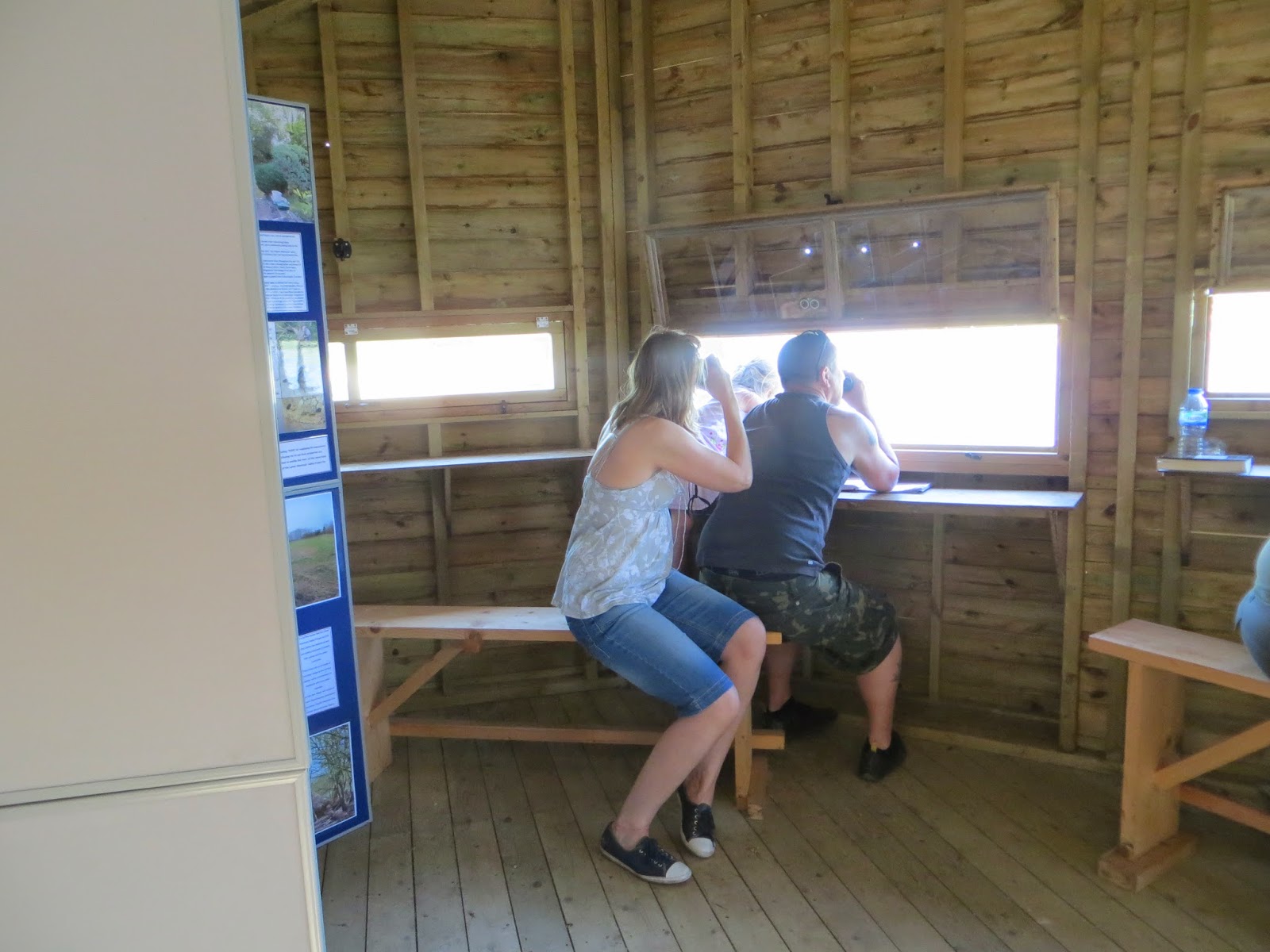Thanks to beautiful weather and brilliant volunteers many more children (and their parents) have been drawn into the joys of pond dipping and bug hunting.
Tar Lake was absolutely brimming with toad tadpoles, caddis fly larvae, black fly nymphs, young fish including roach and a pike that looked ferocious even though it was only two inches long, snails and water boatmen. And that was just some of the creatures in the water!
Along the shore and in the bushes were early damselflies, caddis flies, fabulous irridescent dock beetles, mayfly and brimstone and orange tip butterflies.
In the bird hide we could see about thirty common tern putting on their best aerial displays across the lake and setting up their nest sites on the islands. The pair of oystercatchers were working flat out to protect their four chicks from the carrion crow and by the end of the weekend they still have their full complement of four which are growing bigger and stronger and more able to defend themselves every day. A cuckoo was calling for much of the day and a lucky few saw one fly over the lake in the afternoon.
Great thanks to Harry, Jude and Angus for their enthusiasm on the lake side and to Keith and Alison for help in the bird hide. It was a great delight to be able to introduce so many people to the site as many of them had not visited before but will hopefully be back again soon.



















































